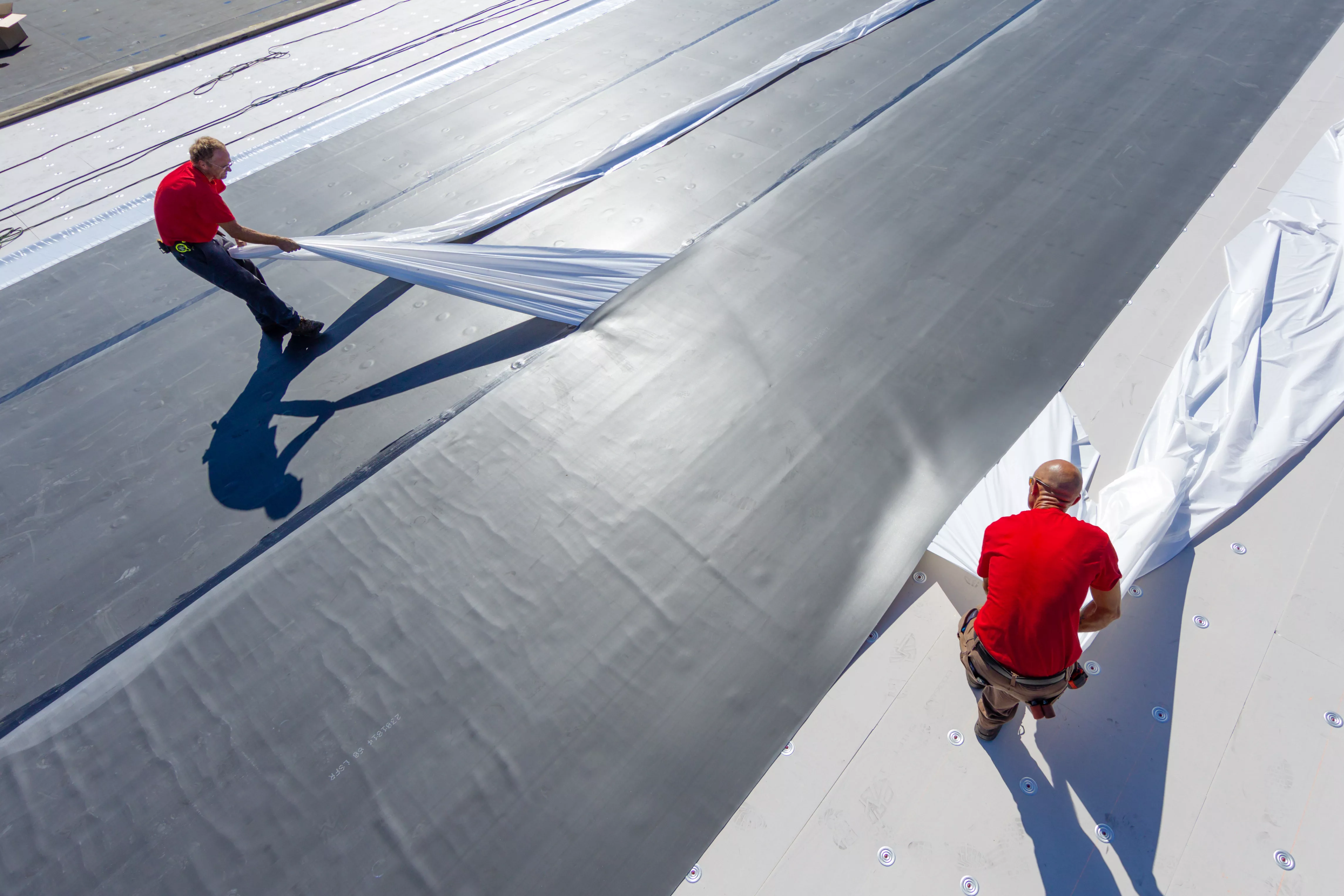IRE 2019 Session: Specialized Roofing Solutions Can Help Solve Labor Challenges

To debut at the 2019 International Roofing Expo (IRE), FullForce is the industry’s only fully coated, seam-to-seam EPDM SA membrane with Firestone’s patented factory applied Secure Bond pressure-sensitive adhesive and will present significant labor savings, the company says.
 The roofing industry continues to be challenged by workforce issues, especially limited manpower and a skilled-labor shortage. The 2018 Commercial Roofing Trends report clearly shows that workforce woes are a primary issue within the industry. As a manufacturer and supplier, Firestone Building Products (FSBP) recognizes this problem and believes that specialized roofing solutions can mitigate the challenges labor shortages present for contractors.
The roofing industry continues to be challenged by workforce issues, especially limited manpower and a skilled-labor shortage. The 2018 Commercial Roofing Trends report clearly shows that workforce woes are a primary issue within the industry. As a manufacturer and supplier, Firestone Building Products (FSBP) recognizes this problem and believes that specialized roofing solutions can mitigate the challenges labor shortages present for contractors.
While contractors are implementing their own strategies to address the challenges presented by a limited workforce, there are also opportunities for manufacturers and suppliers to support contractors in these endeavors and to ensure contractors are as efficient as possible on each jobsite. In particular, self-adhered membranes offer multiple benefits for contractors and their use can counter many effects of labor shortages by improving jobsite efficiency and quality.
History of Self-Adhered Membranes
A precursor to today’s self-adhered solutions came in the form of EPDM seam tape and tape-backed EPDM flashings. EPDM tape technology brought a level of consistency to product installation through factory-controlled thickness and coverage of the adhesive media—something that was difficult to achieve in the field. The success of these tape technologies, combined with increasing labor challenges and VOC regulations, were the main drivers for the development and widespread adoption of self-adhered membranes.
Today, contractors have self-adhered options across most roofing membrane and underlayment types. For example, it is estimated that roughly 80 percent of asphalt-based membranes (inclusive of underlayments and roofing plies) are self-adhered. Additionally, single-ply membranes including EPDM, TPO, PVC and KEE are all available in self-adhered versions. The volume of these self-adhered membranes is outpacing the growth of the industry as a whole.
Benefits and Use of Self-Adhered Membranes
In addition to offering contractors convenience and increased installation speed, self-adhered technology may also contribute to the retention rate of workers, since these products are easier to install and more user-friendly. Self-adhered membranes typically produce higher profit margins for contractors. Although the upfront product cost may be higher, the above-mentioned advantages coupled with cost avoidance across transportation, site disposal, volume and tonnage of goods yields overall cost savings in the long run.
The myriad benefits of using self-adhered membranes can be best realized through thorough product selection based on the recommendations and specifications of architects and consultants, as well as the climate in which the product will be installed. Choosing the right product for the job allows contractors to increase their bottom line while ensuring minimal site disruption for building owners.
The Future of Self-Adhered Membranes
Self-adhered membranes will continue to grow across product categories and serve as viable, cost-saving solutions in the midst of tighter environmental regulations, skilled labor shortages and the impetus to complete more projects faster. Manufacturers will no doubt continue to invest in the technology and add more self-adhered products to their portfolios, while contractors will prioritize them for the labor and cost savings they provide.
For more information on self-adhered membranes, attend FSBP’s presentation at IRE and visit www.firestonebpco.com.
Looking for a reprint of this article?
From high-res PDFs to custom plaques, order your copy today!



.webp?height=200&t=1643303232&width=200)

